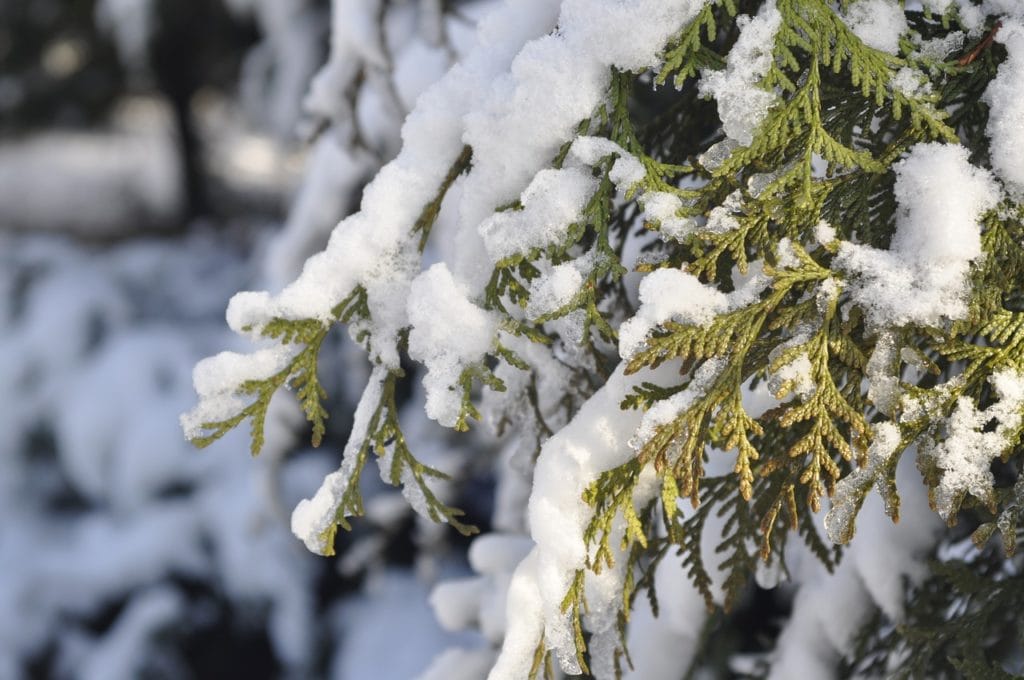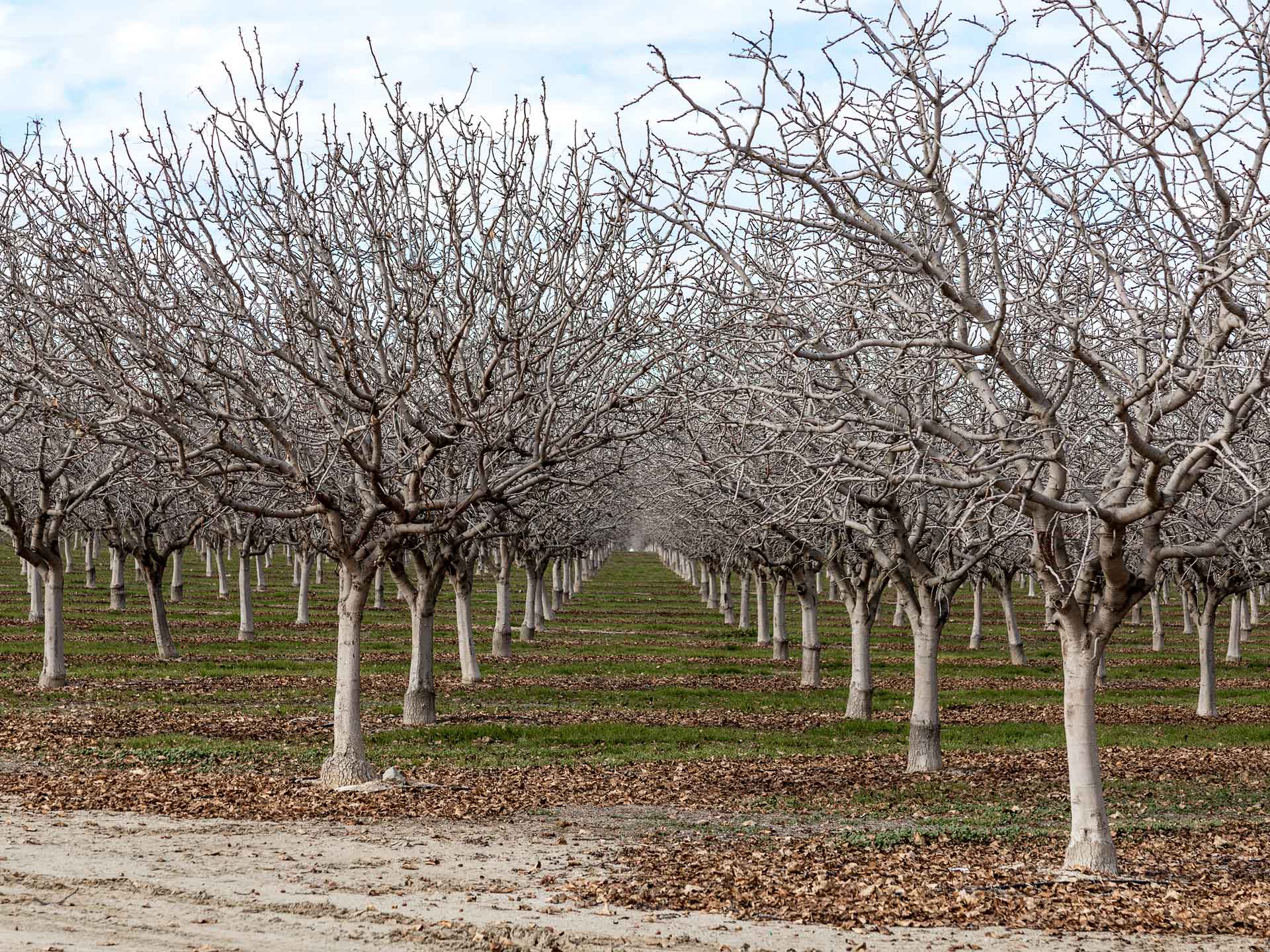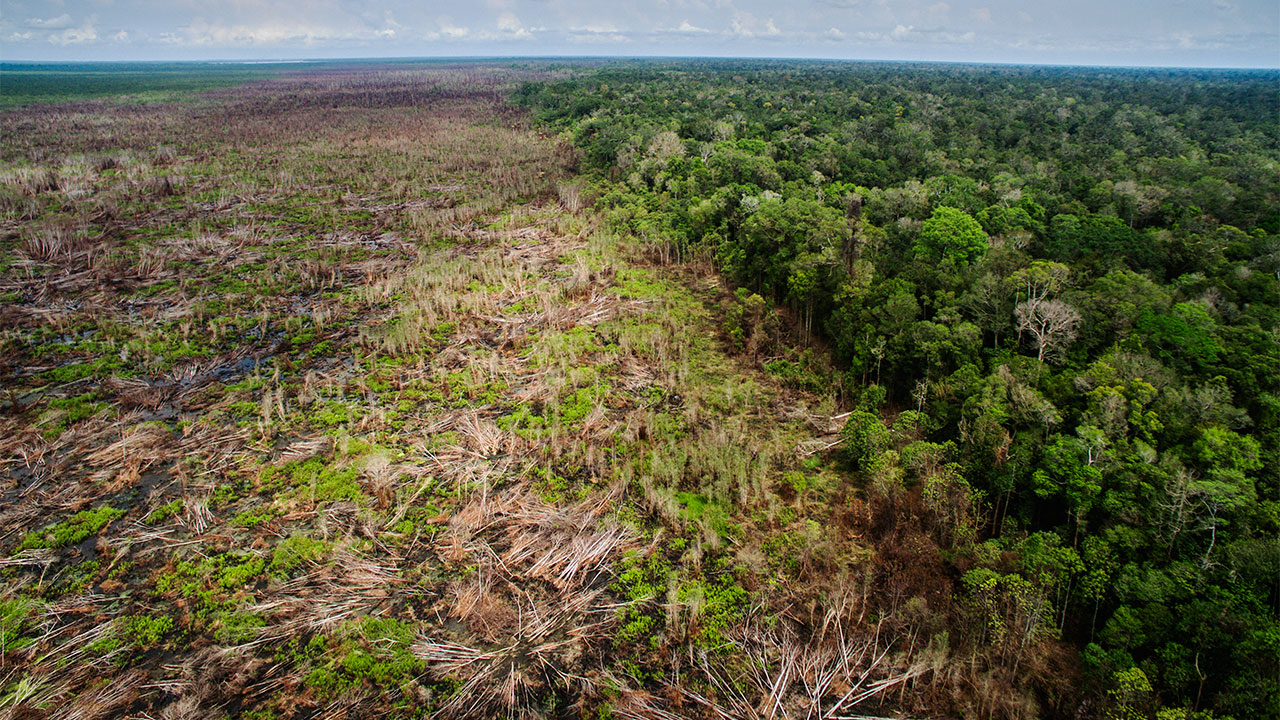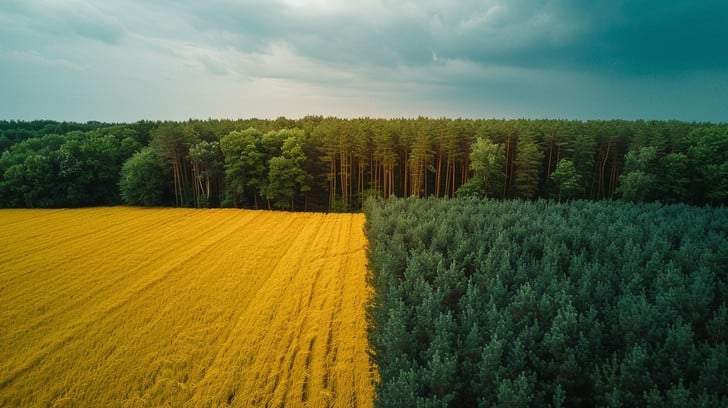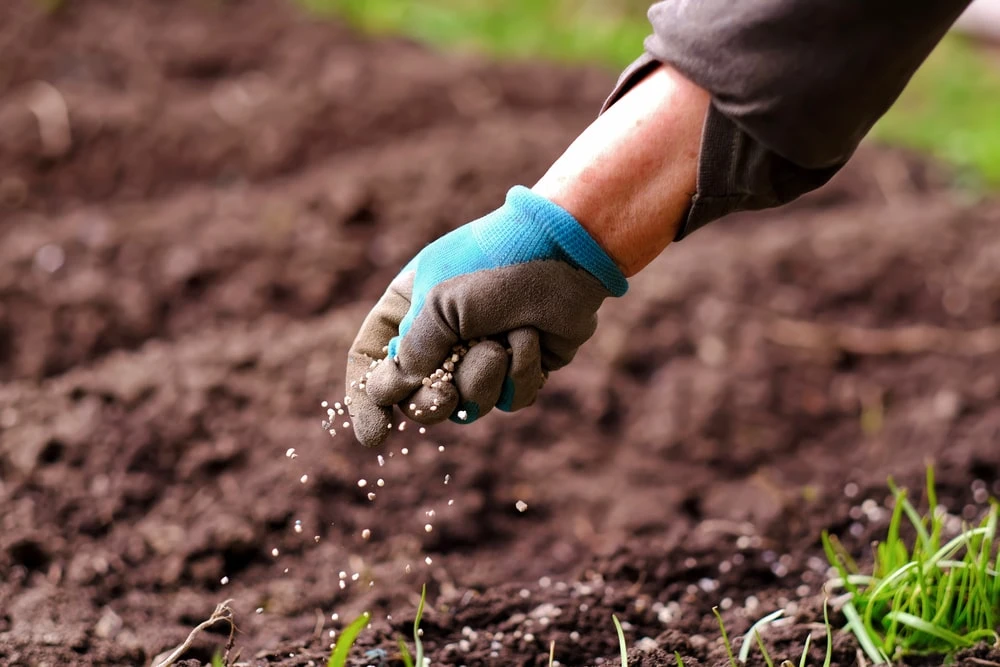Introduction:
The winter landscape, with its icy winds and frosty mornings, presents a formidable challenge for many trees and plants. However, nature has endowed certain species with an innate resilience to cold temperatures. In this blog, we delve into the fascinating world of cold-resistant trees and plants, exploring the characteristics that enable them to thrive amidst winter’s chill. From evergreen sentinels to hardy perennials, these botanical champions showcase the diversity and adaptability of the plant kingdom in the face of freezing conditions.
1. Evergreen Elegance: Conifers and Their Winter Glory
Conifers stand tall as stalwart guardians of winter landscapes, maintaining their green foliage throughout the coldest months. Pine, spruce, fir, and cedar are among the resilient evergreen species that retain their needles, providing a striking contrast to the snow-covered surroundings. Their needle-like leaves reduce water loss, and the waxy coating helps prevent desiccation, making them well-adapted to survive winter’s harsh conditions.
2. Deciduous Dynamos: Trees and Shrubs with Winter Interest
While deciduous trees shed their leaves in winter, some species exhibit remarkable resilience and winter interest. Examples include the colorful stems of dogwood (Cornus) and willow (Salix) species, adding a vibrant touch to winter landscapes. These deciduous dynamos have adapted to the cold by developing unique features, such as bark with striking colors and patterns or specialized buds that protect delicate structures from freezing temperatures.
3. Cold-Tolerant Perennials: Groundcovers and Flowering Wonders
Perennials that brave the winter cold offer a delightful array of textures and colors. Groundcovers like creeping juniper (Juniperus horizontalis) and wintergreen (Gaultheria procumbens) provide evergreen coverage, protecting the soil and adding visual interest. Additionally, cold-tolerant flowering perennials like hellebores, snowdrops, and winter aconites bravely bloom in the midst of winter, defying the conventional notion of a dormant season.
4. Native Navigators: Plants Adapted to Local Climates
Native plants often boast a higher resistance to cold, having evolved over time to thrive in specific climates. Species like the Eastern red cedar (Juniperus virginiana) and red osier dogwood (Cornus sericea) are examples of native plants well-suited to cold regions. Their genetic adaptation to local conditions makes them hard choices for landscaping in areas with harsh winter climates.
5. Adaptable Allies: Strategies for Cold Resistance
Understanding the strategies employed by cold-resistant trees and plants unveils the secrets of their adaptability. These strategies may include specialized leaf structures, antifreeze proteins, and protective compounds. Additionally, some plants enter a state of dormancy, conserving energy and resources until the arrival of more favorable conditions. Exploring these adaptations provides valuable insights into the world of plant resilience in cold climates.
Conclusion:
As we explore the diverse array of trees and plants that defy winter’s grasp, it becomes evident that nature has equipped certain species with remarkable adaptations for cold resistance. From the evergreen majesty of conifers to the vibrant hues of deciduous wonders, and the tenacity of cold-tolerant perennials, each botanical champion contributes to the beauty and resilience of winter landscapes. By embracing these cold-resistant allies in our gardens and green spaces, we not only enhance the visual appeal but also celebrate the intricate dance between flora and winter’s chill.
